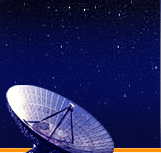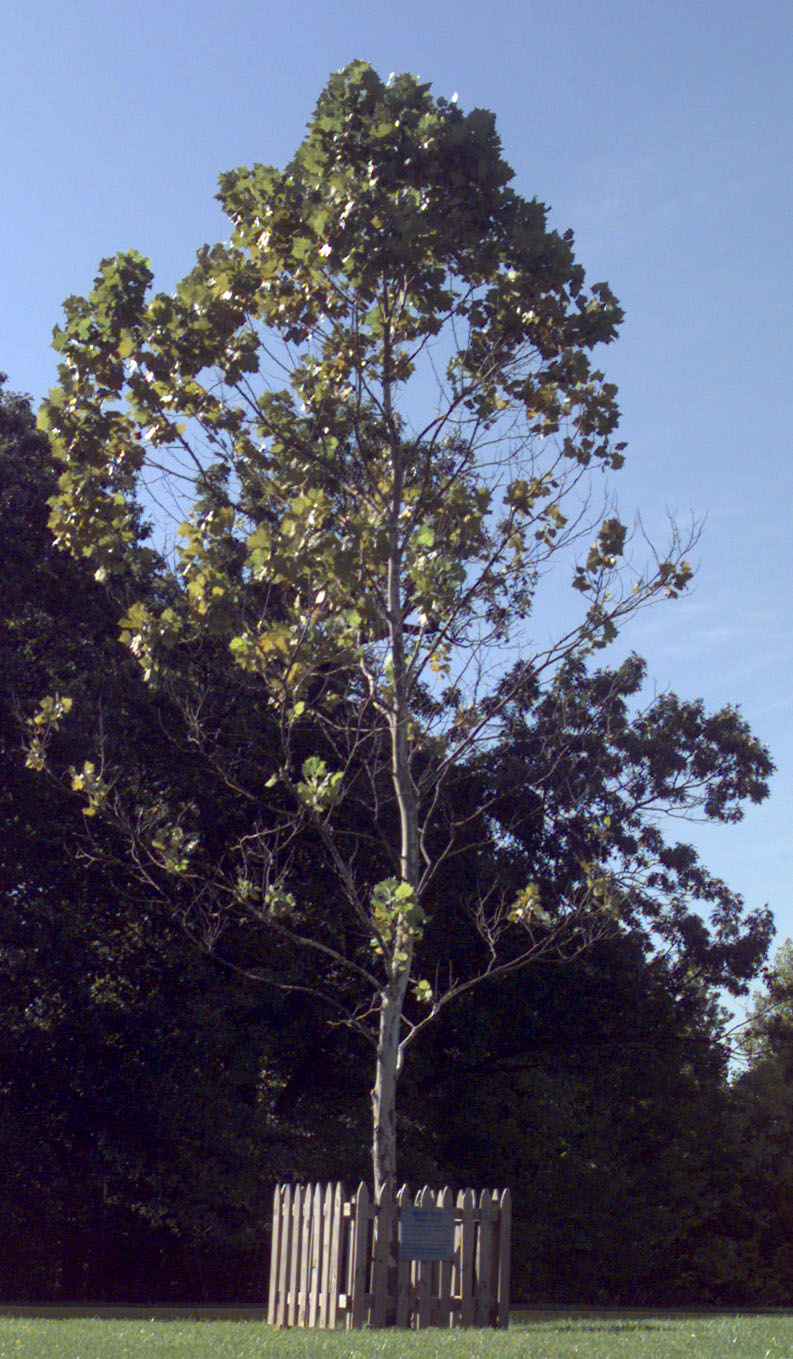
Jupiter is always an easy planet to pick out. This month Jupiter is brighter than usual as it reaches opposition. Saturn is rising on Jupiter?s heels and is a show all of its own. And for the early risers, there is a lovely show of Mercury, Venus, Mars and the bright star Regulus in Leo.
Other than the Moon, Jupiter outshines anything else in the sky (and there are some pretty bright stars out there to compete with, but Jupiter wins hands down!) Jupiter is so bright because it is at opposition. This means that it is opposite the Sun in a line drawn through Jupiter, the Earth and the Sun (with the Earth in the middle.) This is a position similar to the full Moon. And like the full Moon, Jupiter rises at sunset and is up all night, making it a great viewing spectacle.
Jupiter rises nearly due east just after sunset. The king of the planets is so bright because it is at opposition and also because it is so big. If you lumped together all of the planets and moons in the solar system, Jupiter would be 70 percent of the total mass! Jupiter?s diameter is 11 times that of the Earth?s.
With binoculars or a small telescope you can easily see the four big moons of Jupiter. They are known as the Gallilean moons because they were discovered by the astronomer Galileo, the first person to turn a telescope to the night sky. The individual moons are Io, Europa, Ganymede and Callisto. It is interesting to watch the moon?s cross Jupiter?s diameter and disappear behind the giant planet and pop out on the other side. Jupiter is residing in the constellation Aquarius the water bearer.
For all Jupiter's glory and brightness, it is Saturn that most often fascinates people. Though Saturn is not the only planet known to have rings, indeed rings have become a common occurrence in the solar system, but Saturn was the first, and remains the best! Saturn rises about one and a half hours after Jupiter. Saturn is also approaching an opposition on October 6. Binoculars will show Saturn?s rings and a good pair or a small telescope will show the shadow of the planet on the rings. An interesting fact about Saturn is though it is nearly 9.5 times the diameter of the Earth, this giant planet has an average density less than water,. If you had an ocean large enough, Saturn would float!
As if to avoid being lost in the glory of Jupiter and Saturn, the smaller planets are hanging out in the morning sky but you?ll have to catch them during the first half of the month. It?s quite a treat if you?re an early riser. Venus is the brightest of the three planets and the easiest to spot. Mercury is about as bright as it ever gets, and it only a few degrees away from brilliant Venus. Mars is about 5 degrees above those two. About three degrees below Venus is the bright star Regulus in Leo.
The waning crescent Moon does a dance among the morning stars and planets. On September 17 the moon slides past Mars and on the Sept 18 the Moon slides past Regulus. On Sept 19, the moon is 3 degrees away from Venus. Happy stargazing !








